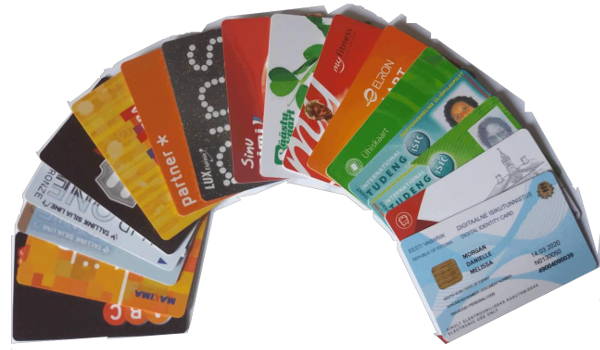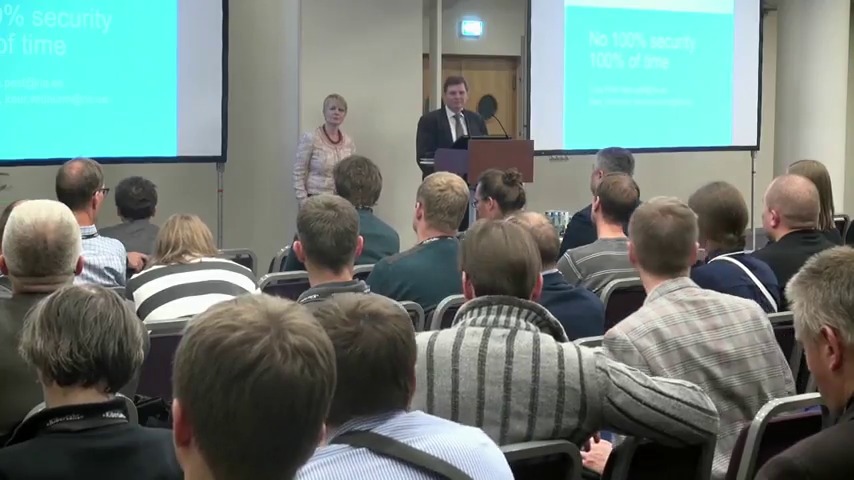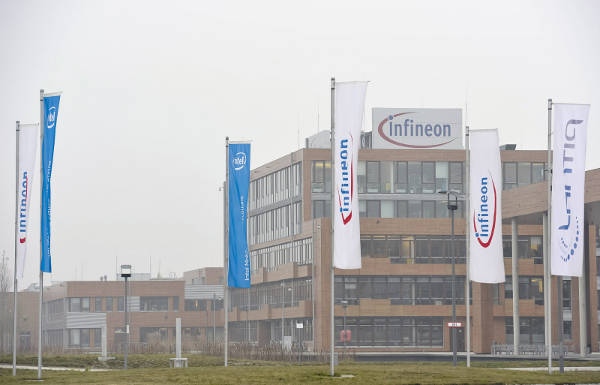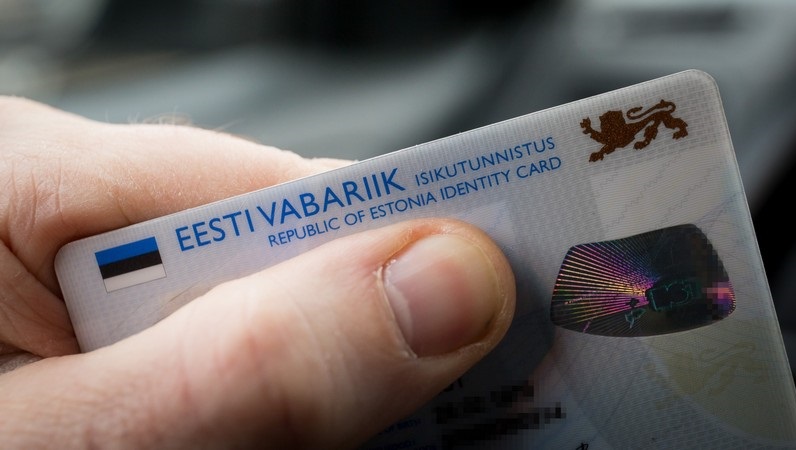
Estonian Information System Authority (RIA) is organising an international conference on 9th of May in 2018 in Tallinn (Tallinn Creative Hub – Kultuurikatel) to discuss the impact and consequences of the security risk found in the Infineon chips in autumn 2017 by the researchers at Masaryk University in the Czech Republic.
The aim of this conference is to bring together parties affected by the security risk to discuss our lessons, experiences and responsibility, because the security flaw affected many companies and countries in Europe as well as elsewhere in the world. If possible, we aim to agree on a joint plan of follow-up activities or a memorandum to provide input to different authorities who establish regulative rules. Researchers from Masaryk University have announced their participation in the conference – they will make an opening presentation about their research.
The conference is aimed at policymakers as well as specialists in the eID field, opinion leaders, representatives of authorities and companies that are dependent on the functioning of Estonian ID-cards and e-services, developers of e-government and IT systems, and other parties related to the issue from both Estonia and Europe.
Agenda:
09.30-10.00 Delegate registration opens. Welcome coffee
10.00-11.30 Welcome and Opening of the Conference / Session 1
• Welcome by moderator Andres Kütt
• Welcome speech by the Prime Minister Jüri Ratas
• The goal of the research (ROCA vulnerability ) – Petr Svenda, the University of Masaryk
• The influence and the distinctness on Estonian ID-card and its use – Taimar Peterkop, the head of Information System Authority
• The examples of actions of different countries – Ulrich Latzenhofer, Austrian Regulatory Authority for Broadcasting and Telecommunications
11.30-12.00 Coffee break
12.00-13.30 Session 2
• Lessons we learned (Estonia) – Rain Ottis, Associate Professor at Tallinn University of Technology
• The contract of ID-card – who´s responsible of what? – Kaija Kirch, Police and Border Guard Board, ID expert
• Discussion How did we manage and what to do better next time? Expert panel lead by Rain Ottis. Attending: Kaija Kirch, Margus Arm, Ilmar Raag
13.30-14.30 Lunch
14.30-16.30 Session 3
• eIDAS perspective of the ROCA vulnerability – Security Expert and Information Security Officer, Marnix Dekker, ENISA
• Lessons we learned (global view) – Liisa Past, Chief research officer, Information System Authority
• Lessons we learned (Commission view) – Andrea Servida, European Commission
• Discussion What can we do better in the future? Expert panel lead by Liisa Past. Attending: Marnix Dekker, Andrea Servida, Ulrich Latzenhofer, Petr Svenda
• Conference conclusion by moderator Andres Kütt
16.30-17.30 Goodbye coffee and networking
Links:
https://lessonslearned.publicon.ee/conference-agenda/







